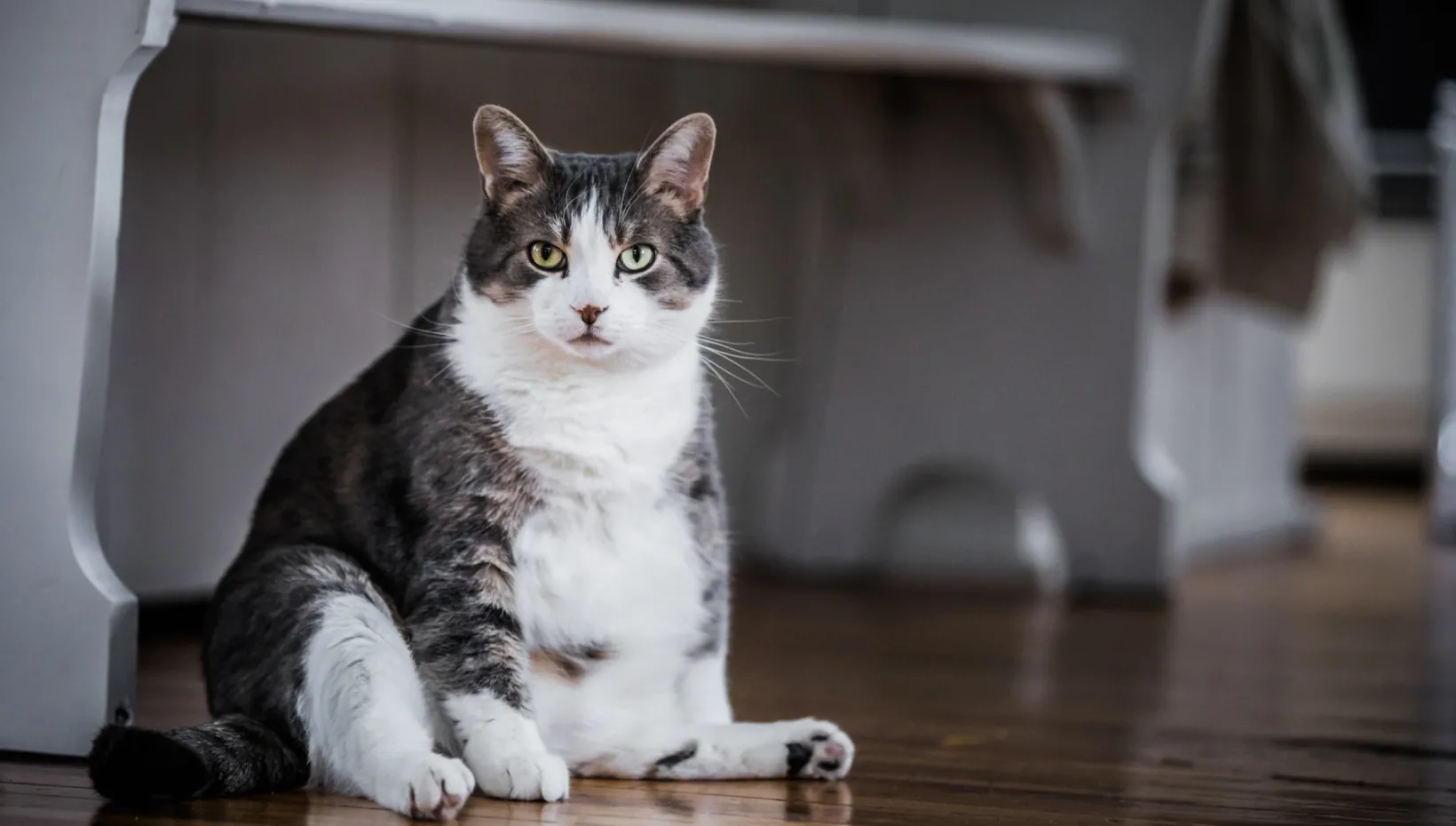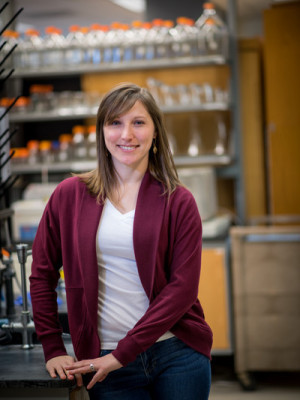What fat cats on a diet may tell us about obesity in humans

Article by: Emily Caldwell
Originally Published
Pet cats may be excellent animal models for the study of obesity origins and treatment in humans, a new study of feline gut microbes suggests – and both species would likely get healthier in the research process, scientists say.
Veterinary researchers analyzed fecal samples from fat cats as the animals lost and maintained weight over the course of four dietary changes, including strict calorie reduction. The team found that food-related changes to the cats’ gut microbiome – the assortment of bacteria and molecules those bacteria produce and consume – have striking similarities to dietary effects on the gut previously seen in humans.

Though there is still a lot to learn, the findings place pet cats at the top of the list of animals whose gut bacteria may tell us a lot about our own – and whether gut microbe-based therapy could be one way to battle obesity.
“Animals share our beds. They share our ice cream. There are all these things that people do with their pets that highlight they are a naturally occurring disease model with similar environmental exposures as humans,” said lead study author Jenessa Winston, assistant professor of veterinary clinical sciences at The Ohio State University.
“Being able to see changes in cats that come up in the context of obesity and type 2 diabetes in people makes them a really good model to start looking at more microbiome-directed therapeutics for obesity in humans if we’re seeing a similar shift,” she said. “Microbes we saw in this study also come up again and again in human studies – and clearly, people aren’t eating cat chow, right?”
The study was published recently in the journal Scientific Reports.
An estimated 60% of cats are obese or overweight in developed countries, and more than 2 in 5 adults in the United States have obesity, according to the Centers for Disease Control and Prevention.
At Ohio State, Winston oversees two large clinical trials exploring the potential for fecal transplants from lean dogs and cats to help their overweight pet peers lose weight.
“My lab is focused on how we can harness the therapeutic power of microbes,” she said. “In order to do that, we have to understand how disease states may be different from health so that we can better try and figure out and target, mechanistically, changes that occur in the microbiome.”
In this study, researchers fed seven obese cats a four-phase diet over 16 weeks: free-feeding of commercial cat food for two weeks, free-feeding of a specially formulated weight-loss diet for one week, calorie-restricted feeding of the weight-loss diet to achieve 1-2% body weight reduction per week for 11 weeks, and a return to the original maintenance diet.
The analysis of fecal samples taken during the different diet phases focused on changes in the presence of short-chain fatty acids metabolites, molecules produced by bacteria during digestion. Fatty acids are of interest because they prompt specific types of communication between gut microbes and tissue in the rest of the body – including hormonal signals that can relate to inflammation and insulin resistance.
The team found that the abundance of a short-chain fatty acid called propionic acid – shown in other mammals to regulate appetite, reduce fat accumulation and protect against obesity and diabetes – was increased in feces when the cats were losing weight on the calorie-restricted diet. Greater propionic acid composition was associated with an increase in the bacterium Prevotella 9 copri. Though direct production of propionic acid by Prevotella couldn’t be determined in this study, the finding that these increases occurred at the same time, when cats were dropping weight, was intriguing. Previous research has linked Prevotella 9 copri in the human gut to weight loss and better blood sugar control.
“When the cats are on the special diet formulated for weight loss, propionic acid goes up and stays high, and then goes back down when they’re put back on the maintenance diet. So it really is a dietary change,” Winston said. “This paper highlights that when we calorie-restrict cats that are obese, we can alter their microbial ecosystem – and those community shifts that we see likely correlate with some metabolic outcomes.
“I think that those parallels that we’re seeing in how the ecosystems change in a similar way is helpful,” she said.
The gut microbiome’s precise role in mammal obesity remains a mystery, but Winston said decades of evidence suggests these organisms and molecules they produce are part of the problem behind what is now known to be a very complex disease. This study’s findings in felines suggest the pet cat gut profile could provide meaningful answers for both species, she said.
The weight-loss diet in the study was provided by Nestle Purina, which also provided funding for the project. Winston and some co-authors are paid speakers for Nestle Purina.
Co-authors include John Rowe, Valerie Parker and Adam Rudinsky of Ohio State; Katie McCool of North Carolina State University; Jan Suchodolski, Rosana Lopes and Jörg Steiner of Texas A&M University; and Chen Gilor of the University of Florida.